Water & Weather
Water and weather are inextricably linked. The weather determines how much water we receive through precipitation, and water plays a role in shaping weather patterns. We use a variety of tools to measure and monitor both water and weather.
Showing 1–16 of 55 results
-
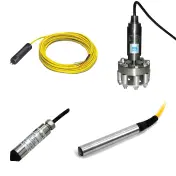
Level & Flow (13)
-
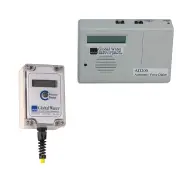
Data Acquisition (5)
-
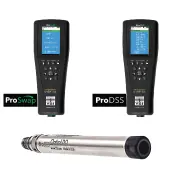
Sampling (14)
-
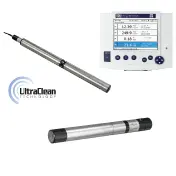
Waste Water (11)
-

Weather (12)
-
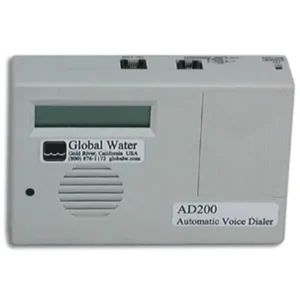
AD200 Auto Dialer
Read more -
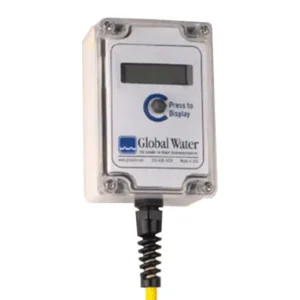
EZ100 Portable Sensor Display
Read more -

FL-400 Water Flow Sensor
Read more -
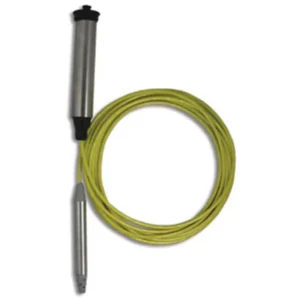
FL16 Water Flow Logger
Read more -

Flow Probe
Read more -
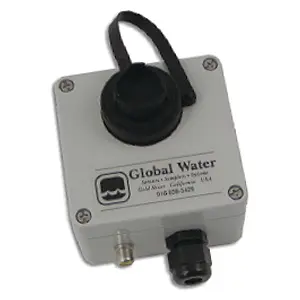
GL500-2-1 Data Logger
Read more -

GL500-7-2 Multichannel Data Logger
Read more -
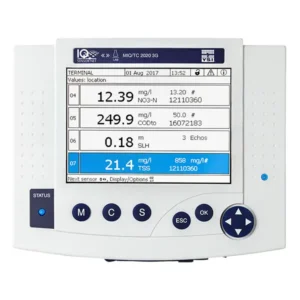
IQ SensorNet 2020 3G Controller
Read more -
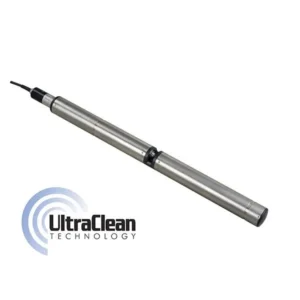
IQ SensorNet CarboVis® Sensors
Read more -
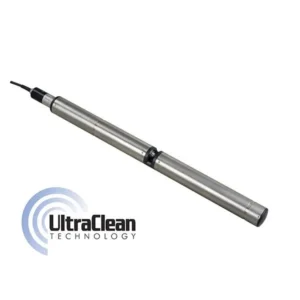
IQ SensorNet NiCaVis Sensors
Read more -
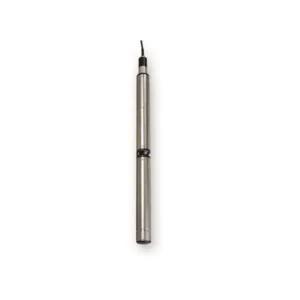
IQ SensorNet NitraVis® Sensors
Read more -
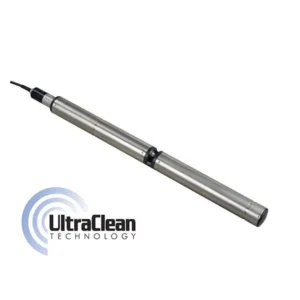
IQ SensorNet Optical UV Absorption Probe
Read more -
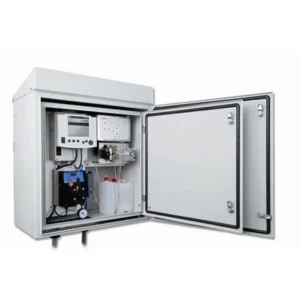
IQ SensorNet P700 IQ Orthophosphate Analyzer
Read more -
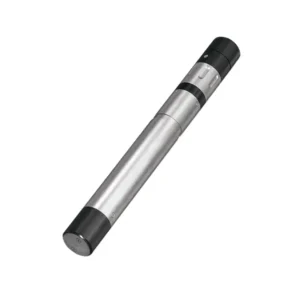
IQ SensorNet TetraCo Sensors
Read more -
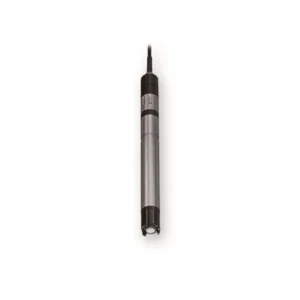
IQ SensorNet TriOxmatic Probes
Read more -
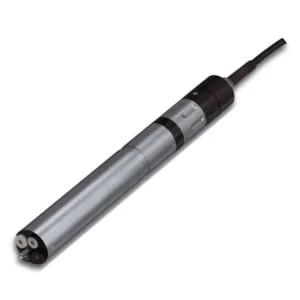
IQ SensorNet VARiON® Plus Sensors
Read more
Water Measurement Tools
- Rain Gauge: A rain gauge is a simple tool that measures the amount of rainfall over a specific period. It is typically a cylindrical container with a funnel that collects rainwater. The amount of water collected is then measured on a scale on the side of the gauge. Rain gauges are important for monitoring precipitation levels and understanding drought conditions.
- Soil Moisture Meter: A soil moisture meter is a tool used to measure the amount of water in the soil. This is important for gardeners and farmers who need to know when to water their plants. Soil moisture meters can be electronic or non-electronic.
Weather Measurement Tools
- Thermometer: A thermometer is a tool that measures air temperature. There are many different types of thermometers, but they all work by measuring the expansion or contraction of a liquid or gas in response to changes in temperature. Thermometers are used to forecast weather, monitor climate change, and regulate heating and cooling systems.
- Anemometer: An anemometer is a tool that measures wind speed. Anemometers typically have cups or propellers that spin in the wind. The speed of the rotation is then converted into a wind speed reading. Anemometers are used to forecast weather, study wind patterns, and site wind turbines.
- Barometer: A barometer is a tool that measures atmospheric pressure. Atmospheric pressure is the weight of the air pressing down on the Earth’s surface. Barometers can be used to forecast weather, as changes in atmospheric pressure can indicate changes in weather conditions.
- Hygrometer: A hygrometer is a tool that measures humidity. Humidity is the amount of water vapor in the air. Hygrometers are used to forecast weather, monitor indoor air quality, and control humidity levels in homes and businesses.
These are just a few of the many tools that are used to measure and monitor water and weather. By using these tools, we can gain a better understanding of the world around us and make informed decisions about water use and weather preparedness.
